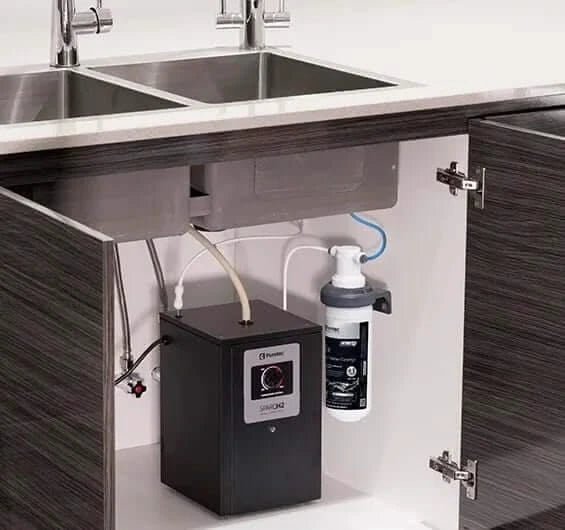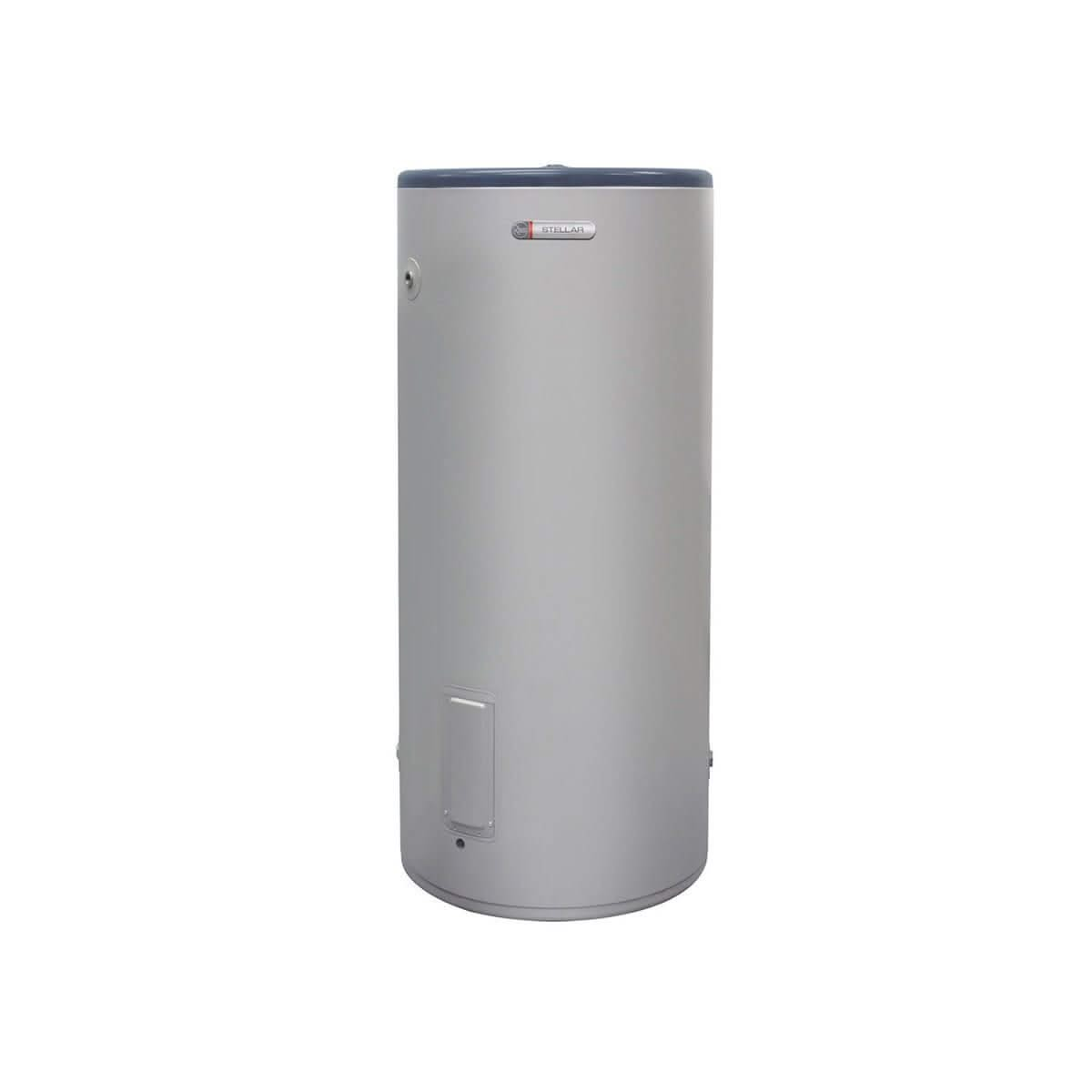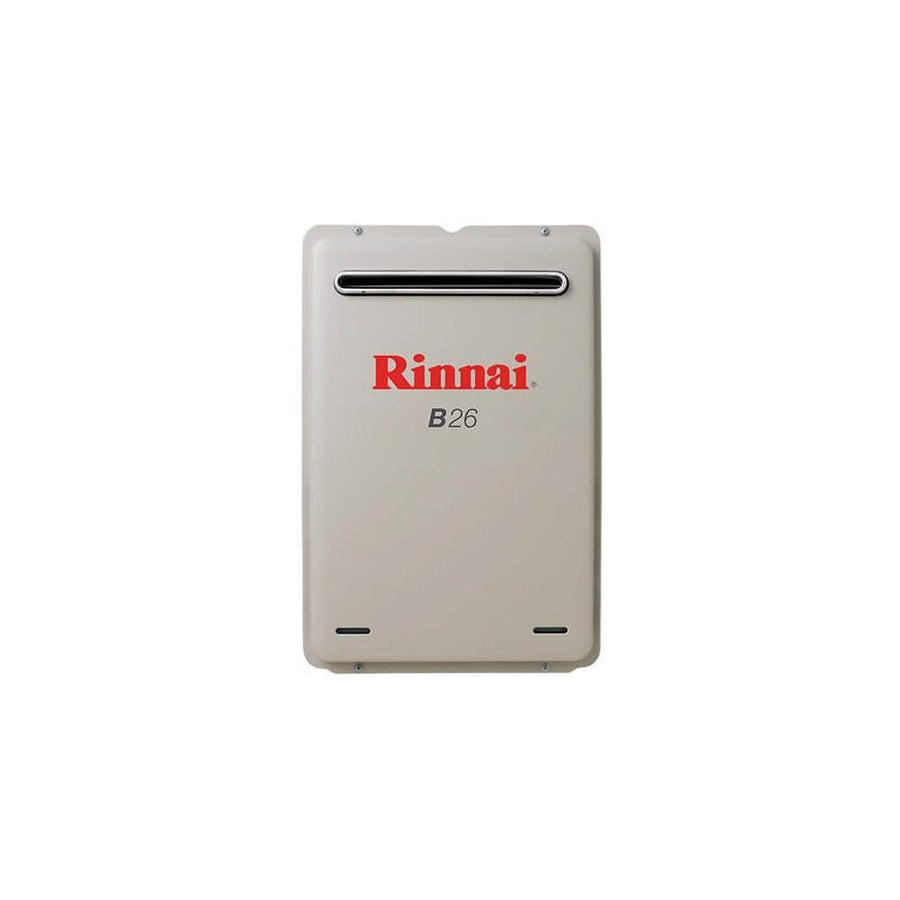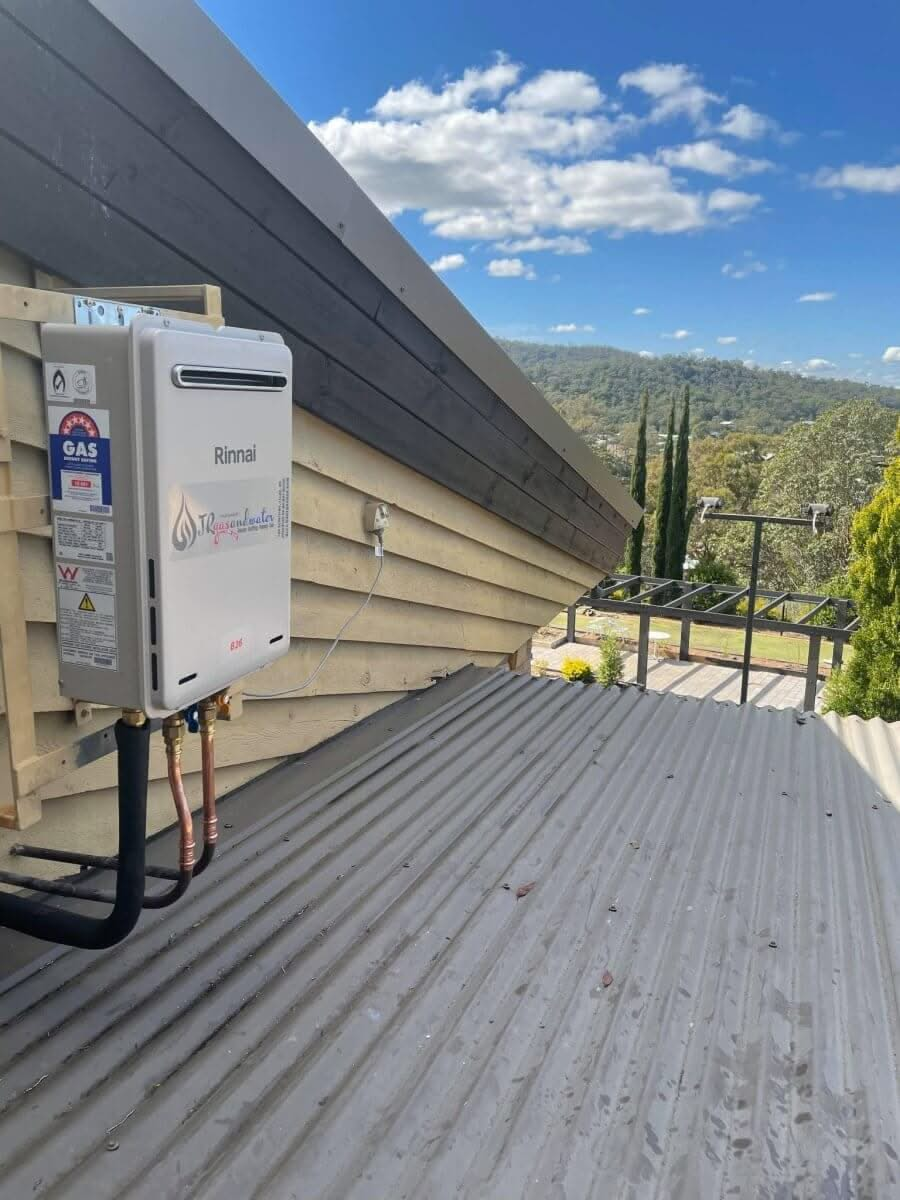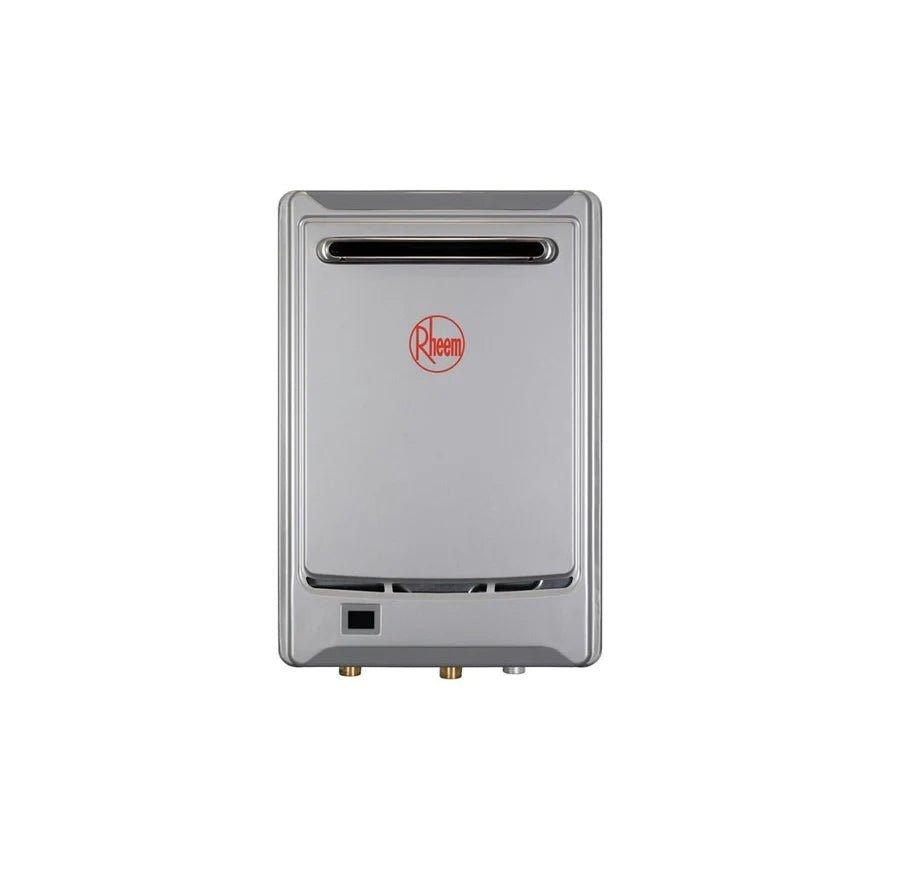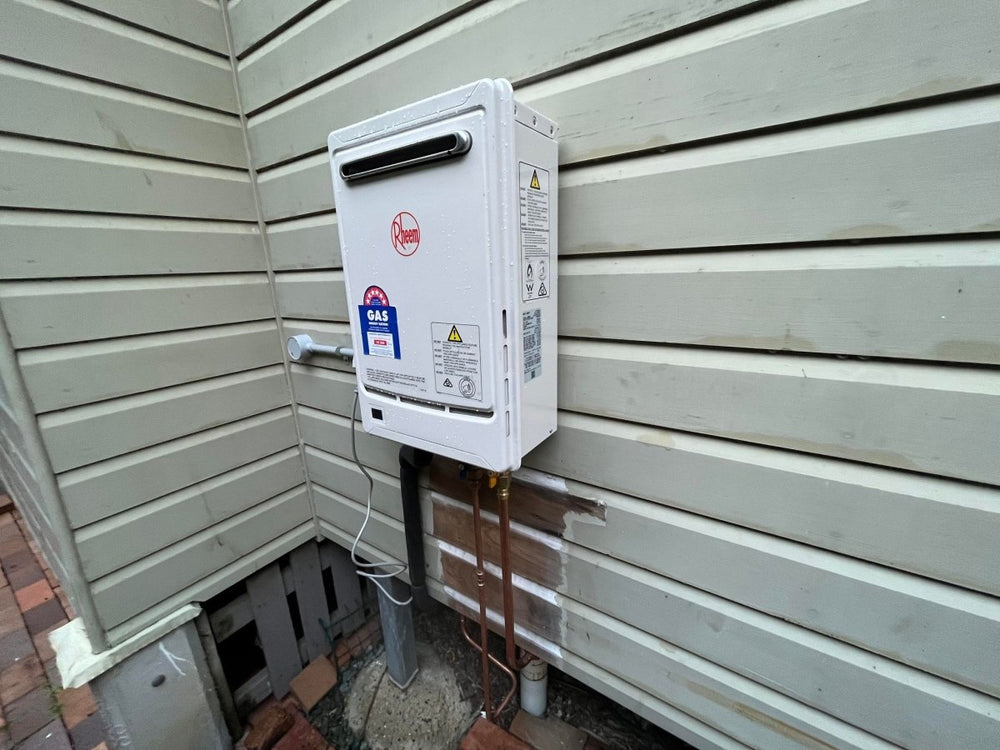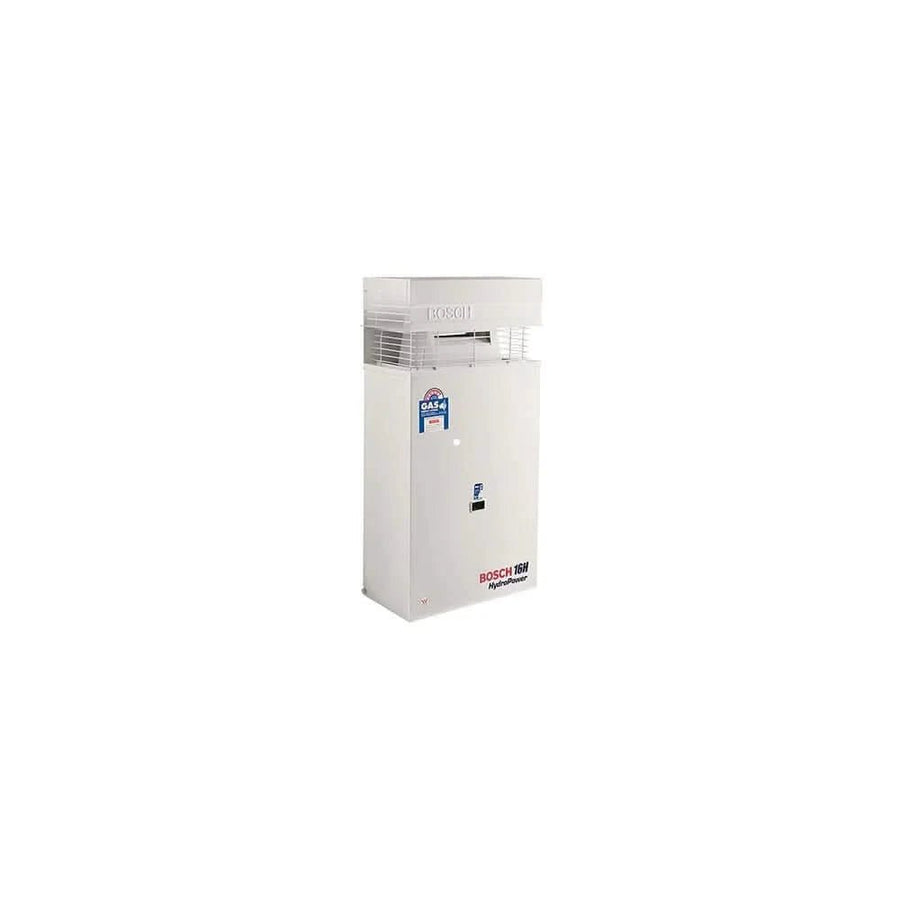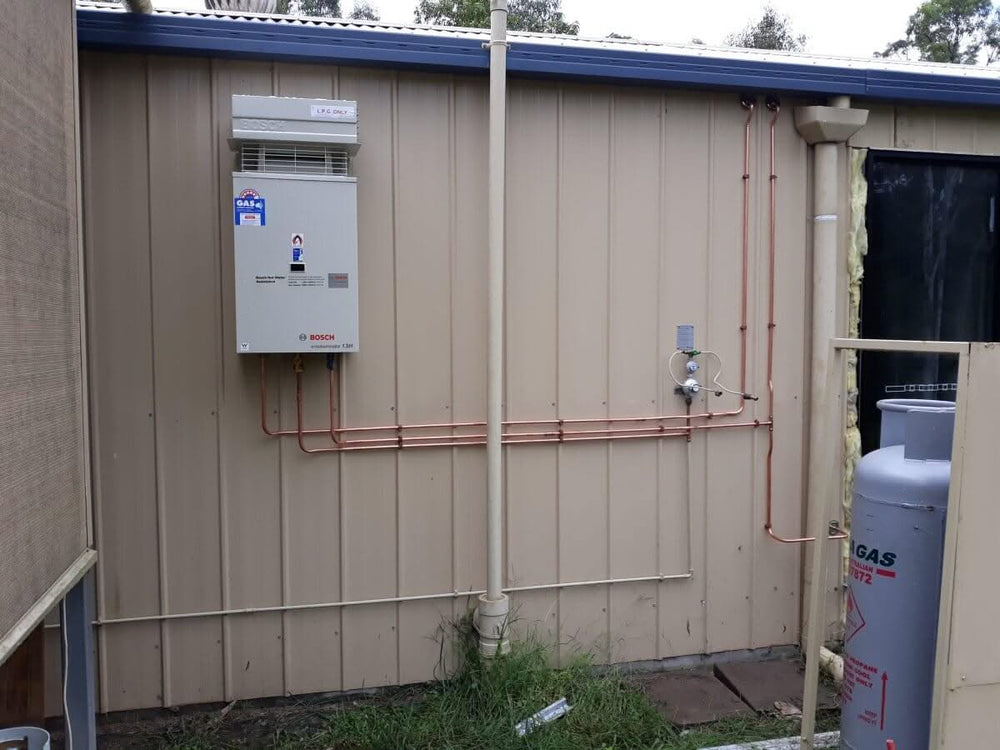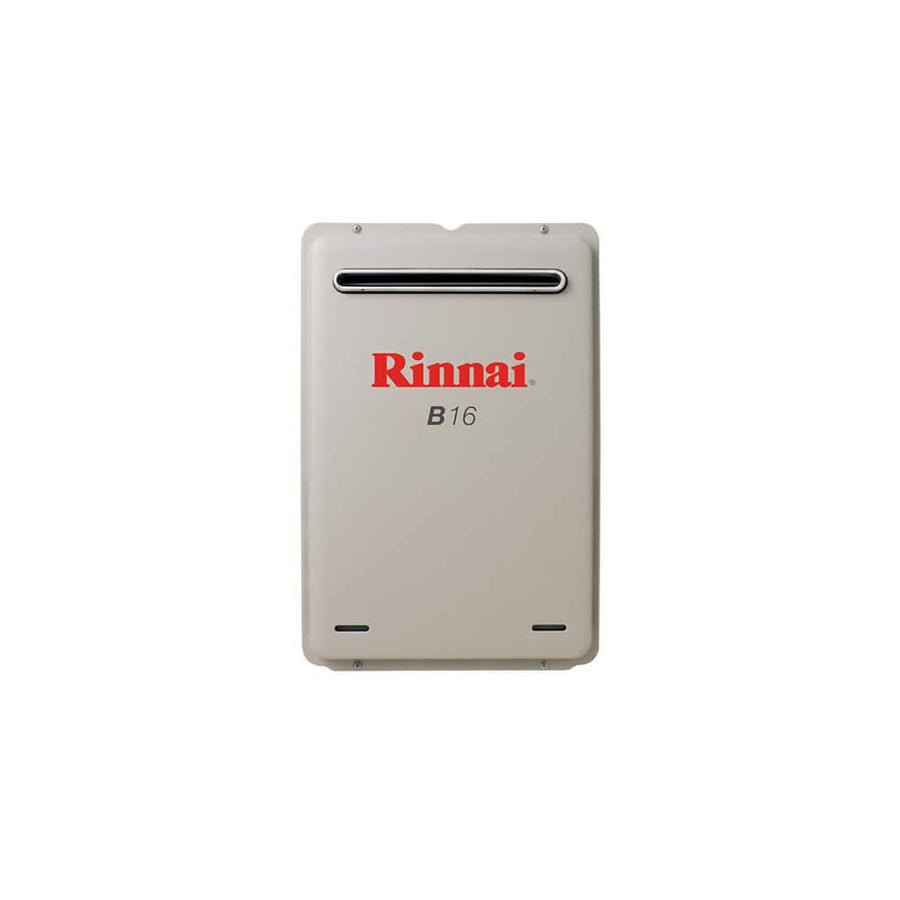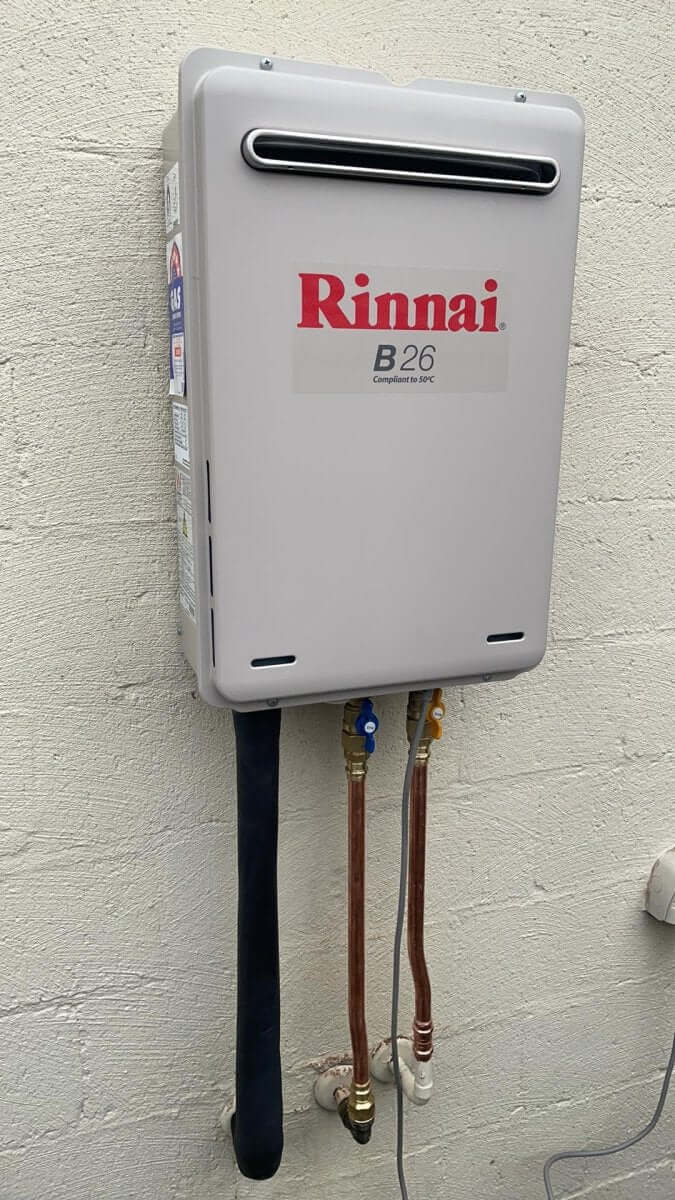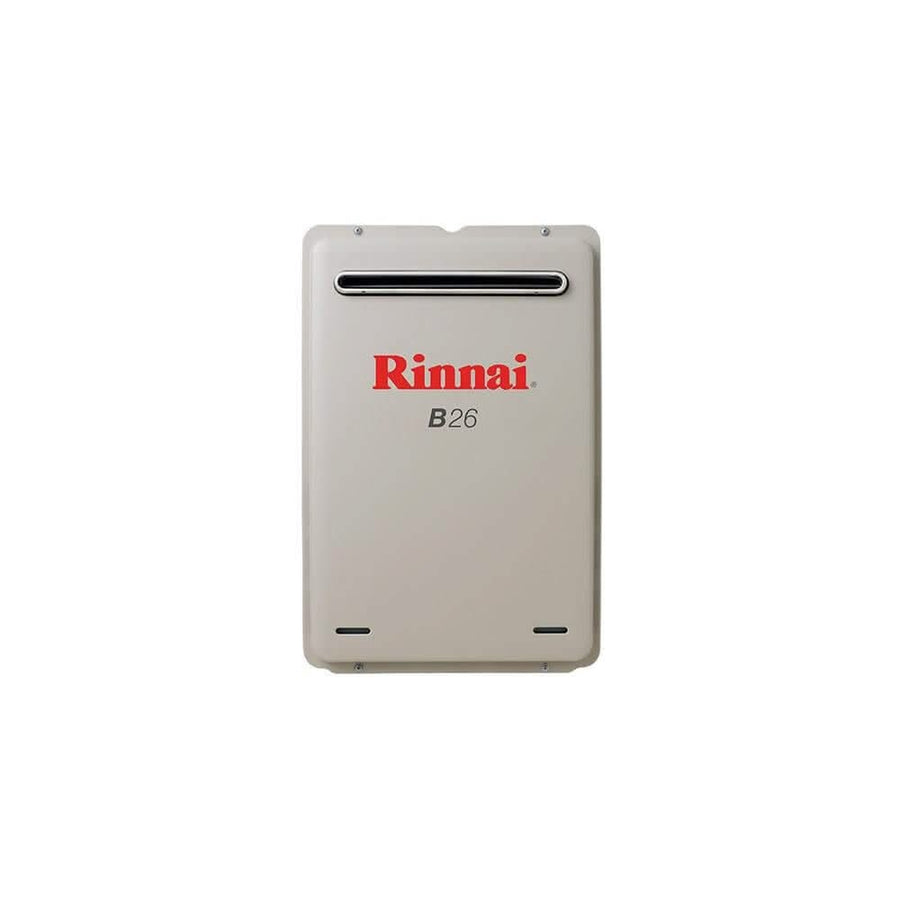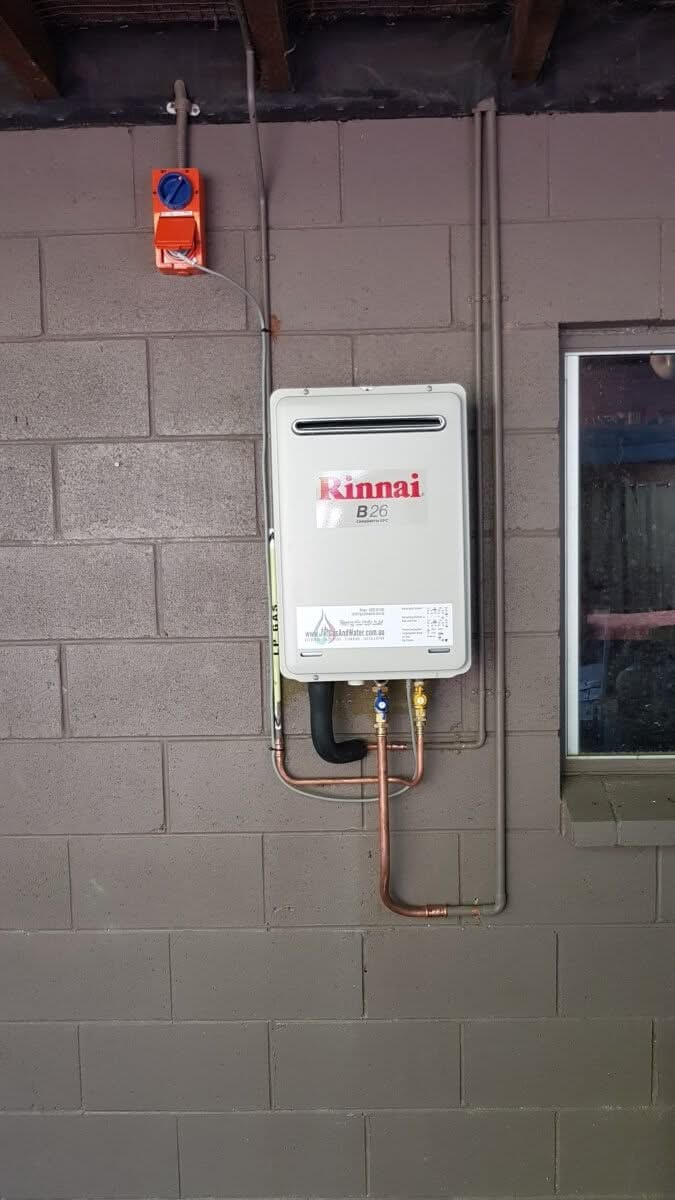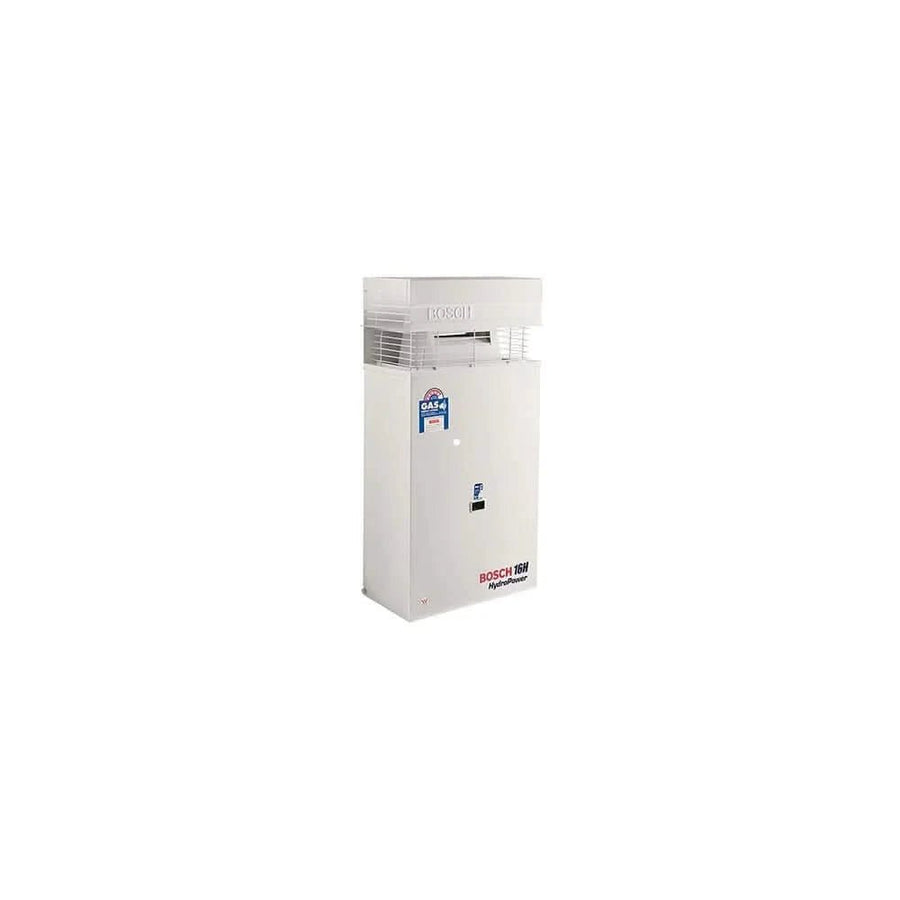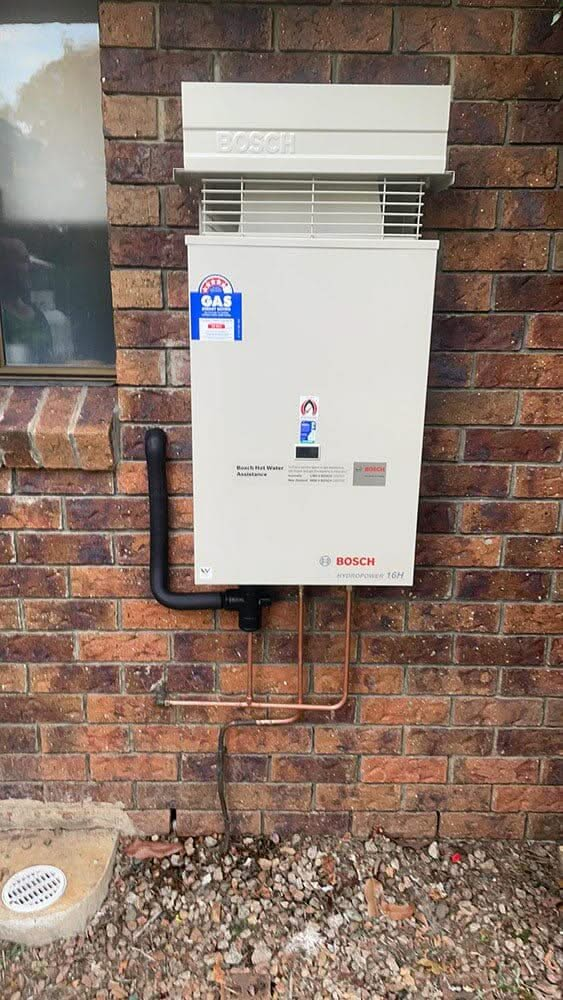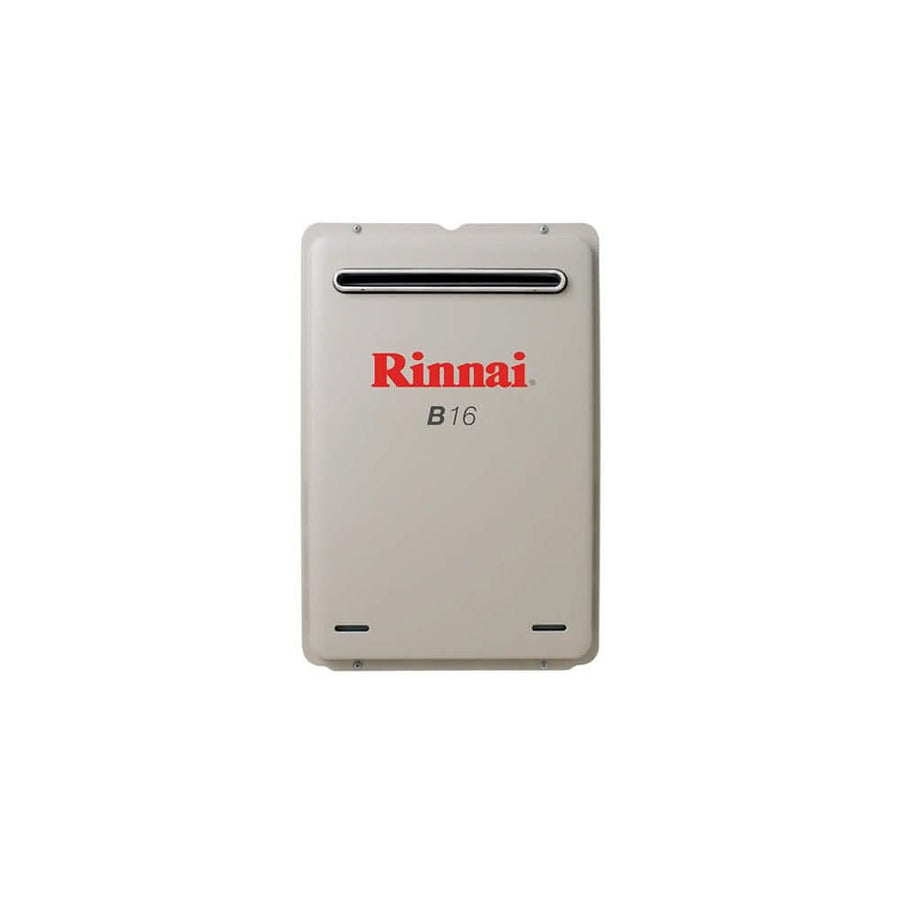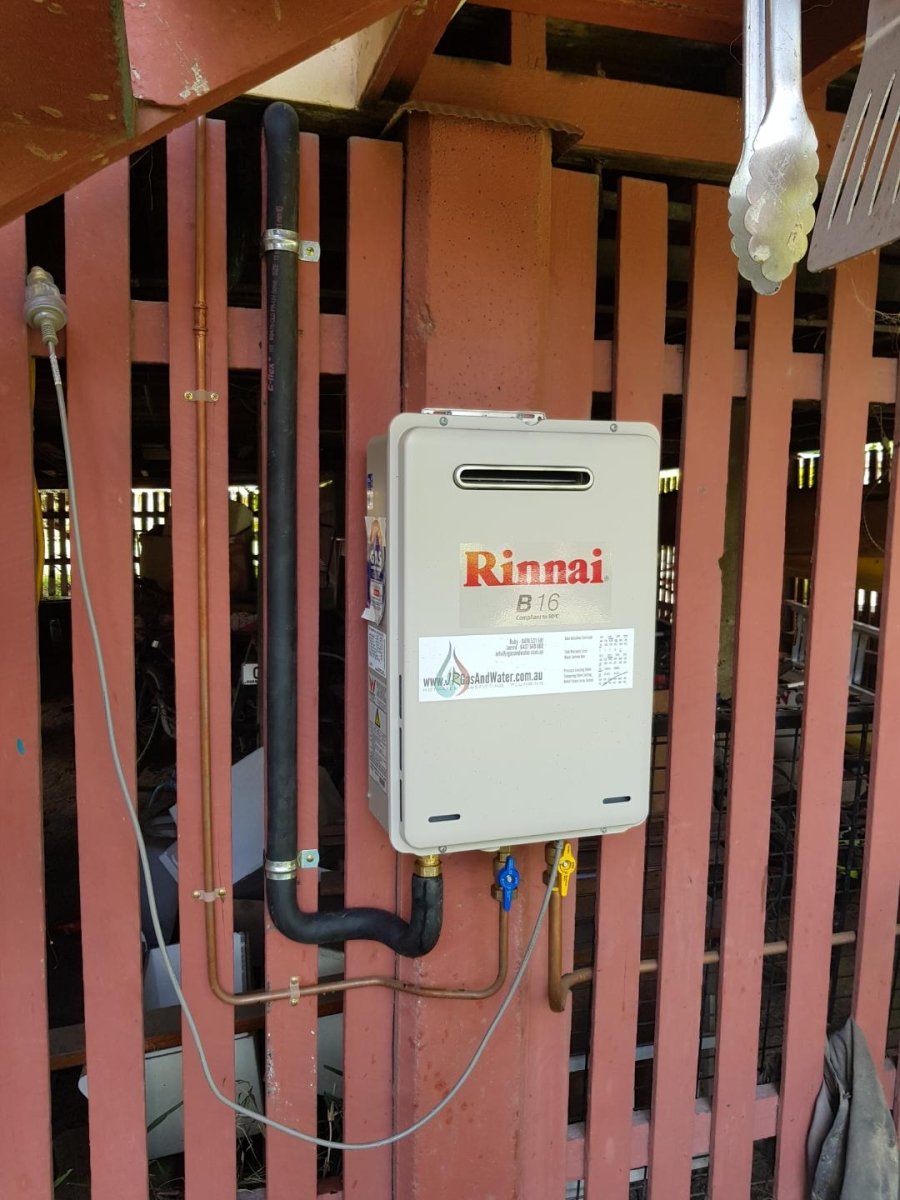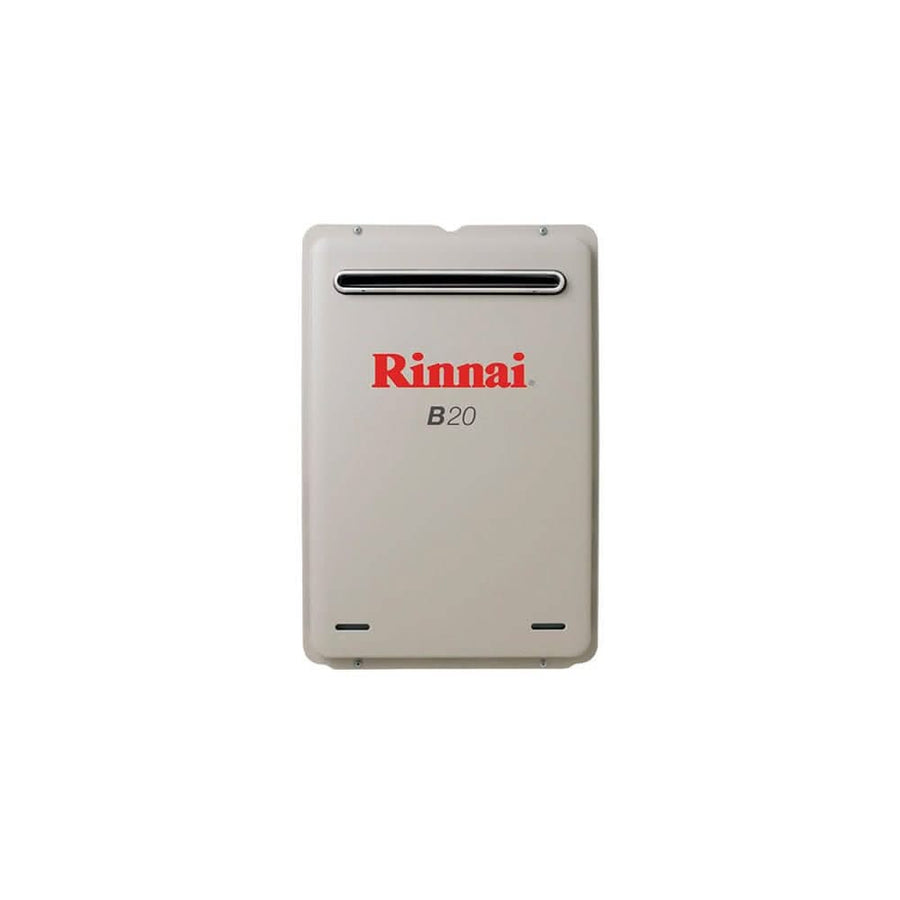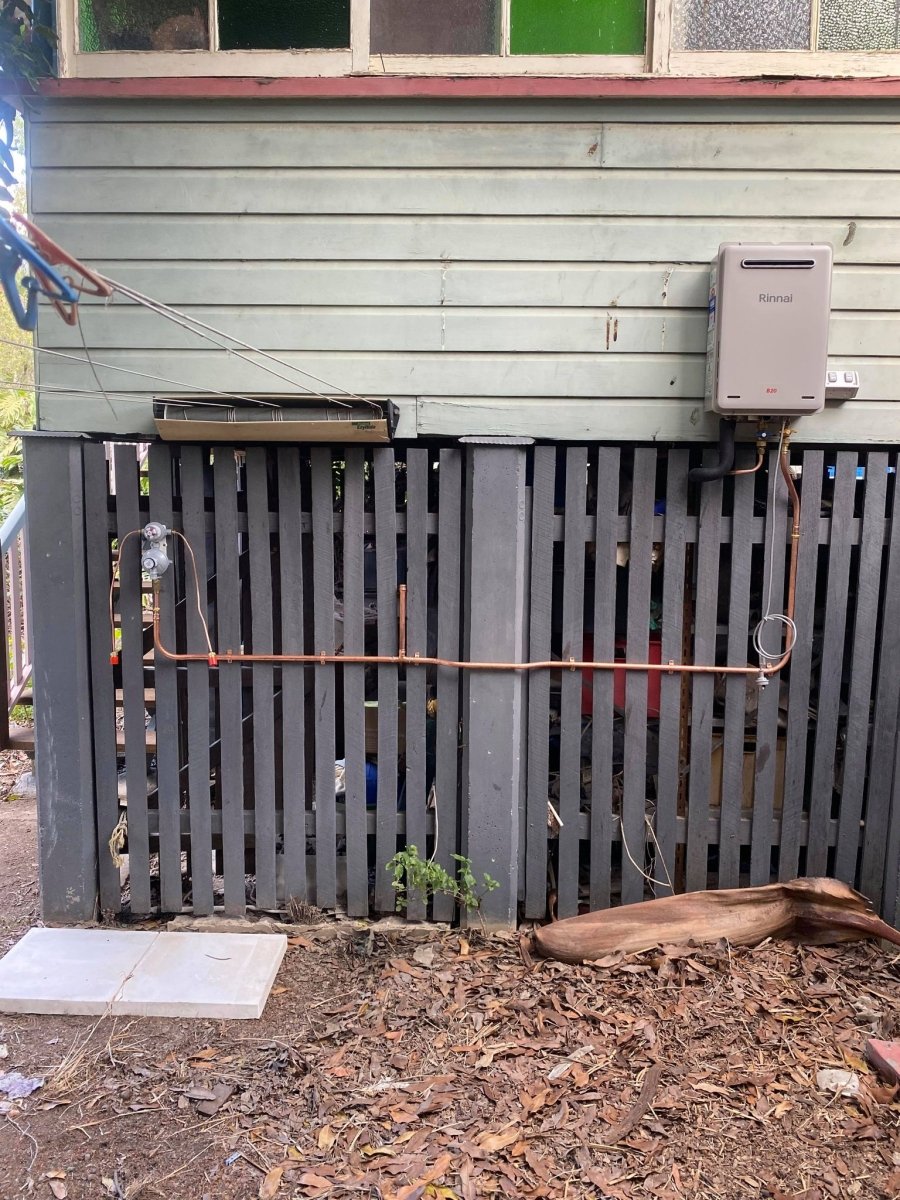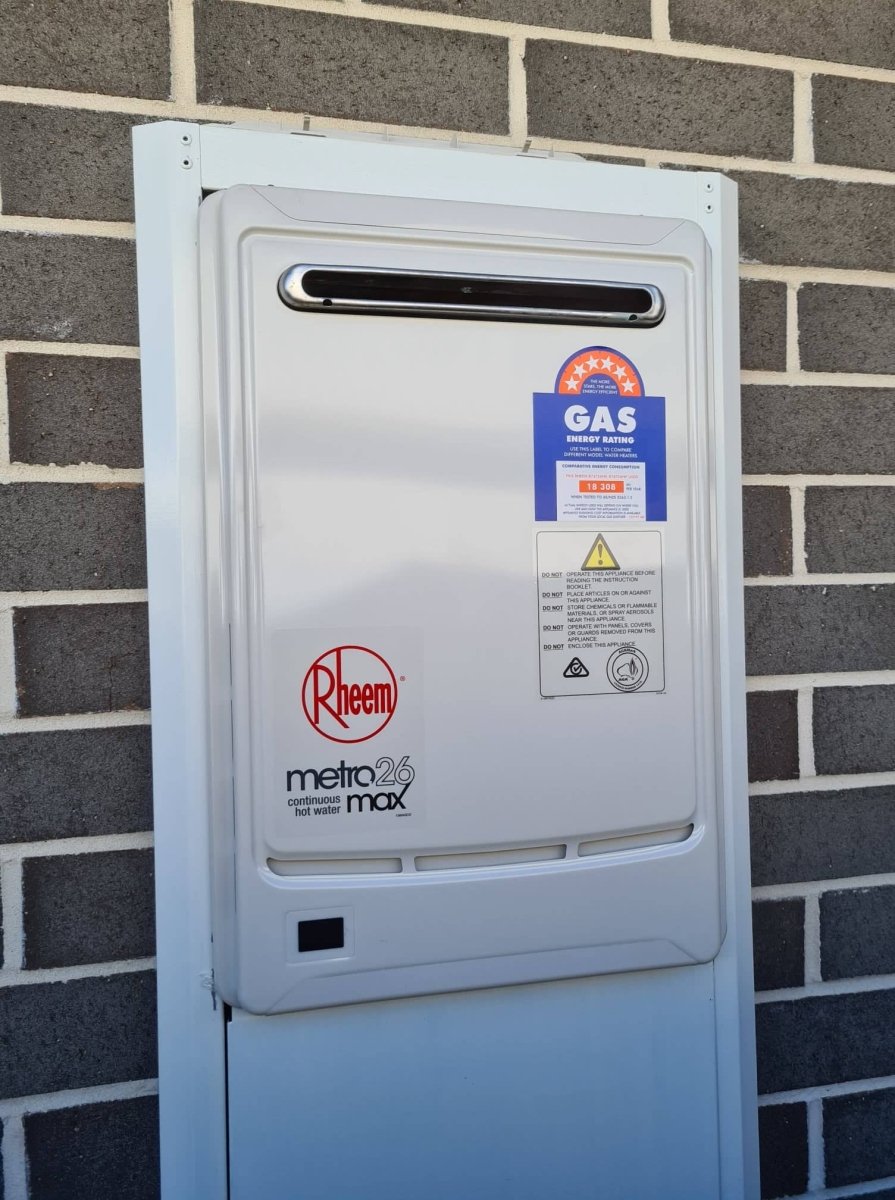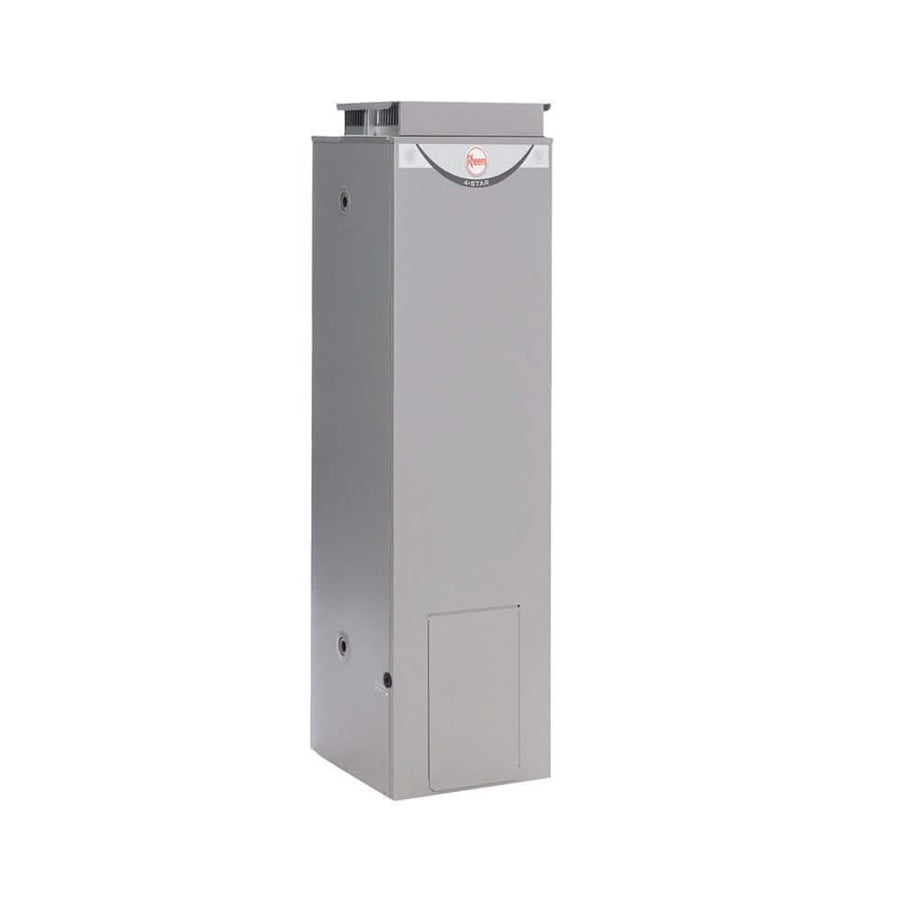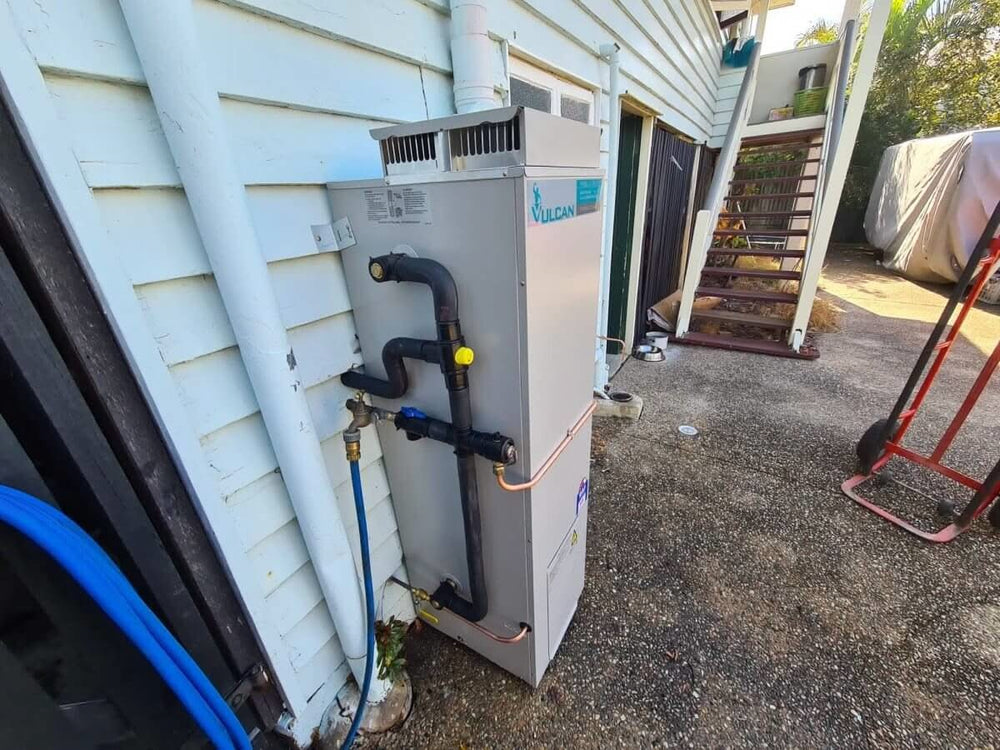Top Benefits of an Instantaneous Hot Water System
An instantaneous hot water system heats water as you need it, eliminating the wait and reducing energy use. This guide will explain how these systems work, their advantages, and tips for choosing the best one for your home.
Key Takeaways
-
Instantaneous hot water systems, or tankless water heaters, offer energy efficiency by heating water on demand, leading to lower energy bills and reduced carbon footprints.
-
These systems come in two types: gas and electric, allowing homeowners to choose based on their specific needs and existing infrastructure.
-
Upfront costs for instantaneous systems are higher than traditional tanks, but the long-term savings and space-saving design make them a financially and practically superior choice.
Understanding Instantaneous Hot Water Systems

Instantaneous hot water systems, also known as tankless water heaters, represent a significant advancement over traditional tank systems. Unlike their conventional counterparts, which continuously heat and store hot water, these systems heat water directly as it flows through the unit. This innovation means that you only heat water when you need it, leading to substantial energy savings and an endless hot water supply.
The core principle behind these systems is their ability to heat water on demand, utilizing powerful heating elements or gas burners. Whether you opt for an electric or gas-powered system, the result is the same: an efficient, reliable, and eco-friendly way to meet your household’s hot water needs.
How They Operate
The operation of an instantaneous hot water system is straightforward yet highly efficient. When you turn on a hot tap, cold water flows into the unit through a series of pipes. As the water passes through, it is heated either by a gas burner or an electric heating element, depending on the type of system you have. This process ensures that hot water is delivered almost instantaneously, eliminating the need for a storage tank and reducing energy waste.
The beauty of this system lies in its simplicity and effectiveness. Heating water only as needed, these heat exchanger systems avoid the standby energy losses of traditional tank heaters, making them a more sustainable choice for modern homes.
Types of Instantaneous Systems
Instantaneous hot water systems come in two primary types: gas hot water systems and electric. Gas-powered systems use natural gas or LPG to fuel a burner that heats the water. These systems are known for their rapid heating capabilities and efficiency, particularly in larger households where instant gas hot water demand can be high.
On the other hand, electric hot water systems use electricity to heat the water as it flows through electric elements. These systems can be powered by the grid or, increasingly, by renewable energy sources, making them a versatile and environmentally friendly option.
Both types offer unique advantages, and the choice between them often depends on your household’s specific needs and existing infrastructure.
Advantages of Instantaneous Hot Water Systems

Switching to an instantaneous hot water system can transform your daily routines and significantly enhance your home’s energy efficiency. These systems offer a range of benefits that make them a compelling choice for any household. From energy savings to space efficiency and continuous hot water supply, the advantages are numerous and impactful.
Understanding these benefits in detail can help you make an informed decision about whether an instantaneous hot water system is right for you. Let’s explore the key advantages, starting with energy efficiency.
Energy Efficiency
Energy efficiency is perhaps the most significant advantage of instantaneous hot water systems. Unlike traditional systems that keep water heated constantly, these systems only operate when hot water is needed, which drastically reduces energy consumption. This efficiency translates to lower energy bills and a smaller carbon footprint, making them an environmentally friendly choice.
By eliminating standby heat loss and only heating water on demand, these systems can significantly cut down on greenhouse gas emissions. In fact, switching to a gas-powered instantaneous system can reduce emissions by up to 75% compared to traditional electric storage heaters. This makes them not only cost-effective but also a responsible choice for the planet.
Space-Saving Design
Another notable benefit of instantaneous hot water systems is their compact, space-saving design. Unlike bulky traditional tanks, these systems are often wall-mounted and about the size of a small suitcase, which makes them ideal for homes with limited space. This compact size allows for flexible installation options, whether in a closet, basement, or even outdoors, freeing up valuable space for other uses.
Their efficient use of space is not just practical but also aesthetically pleasing, contributing to a cleaner and more organized living environment. This is particularly advantageous in urban settings where space is at a premium.
Continuous Hot Water Supply
One of the most appreciated features of instantaneous hot water systems is the continuous supply of hot water they provide. Because these systems heat water on demand, there is no risk of running out of hot water, even during peak usage times. This means that multiple taps can be used simultaneously without a drop in temperature or pressure, ensuring comfort and convenience for all household members.
This continuous flow hot water eliminates the inconvenience of waiting for a tank to refill, making daily routines smoother and more enjoyable. Whether it’s a long, relaxing shower or multiple household chores, you’ll never have to worry about running out of hot water again.
Choosing the Right System for Your Home

Selecting the right instantaneous hot water system for your home involves careful consideration of several factors. It’s essential to understand your household’s specific hot water needs and compare various systems to find the one that best fits your lifestyle and budget. Evaluating current plumbing and electrical setups is also crucial to ensure compatibility and ease of installation.
To help you make an informed decision, we’ll break down the process into two key steps: assessing household needs and comparing brands and models.
Assessing Household Needs
Assessing your household’s hot water needs is the first step in choosing the right system. The number of people in your household and their usage patterns significantly influence hot water demand. For example, a family with teenagers might need more hot water than a household with younger children.
Climate and seasonal changes also play a role in water hot consumption. In colder climates, the demand for hot water tends to be higher, necessitating a more robust system. Understanding these factors will help you select a system that meets your needs without compromising on efficiency or comfort.
Comparing Brands and Models
Once you’ve assessed your household’s needs, the next step is to compare different brands and models. Look for systems with high energy efficiency ratings, as these will provide the most significant long-term savings on your energy bills. Additionally, consider the warranties and service agreements offered by different brands, as these can give you insights into the reliability and support you can expect.
Customer reviews and feedback can also be valuable resources when comparing models. Real-world experiences from other users can help you gauge performance and reliability, ensuring you make an informed choice.
Cost Considerations

Cost is a critical factor when selecting an instantaneous hot water system. While these systems generally require a higher upfront investment compared to traditional tank systems, they offer significant long-term savings. Understanding both the initial costs and potential long-term benefits is essential for making a financially sound decision.
We’ll explore the financial aspects in two parts: upfront investment and long-term savings.
Upfront Investment
The upfront investment for an instantaneous hot water system can vary based on the type and complexity of the system. Gas systems typically range from $850 to $1,800, while electric systems can cost between $450 and $1,400, excluding installation fees. Installation costs can add another $1,000 to $1,575, depending on the specifics of your home and the system.
It’s also worth exploring any available incentives or discounts for upgrading your hot water system, as these can significantly reduce the initial investment. Companies like InstalledToday and JR Gas & Water offer various pricing options and can provide detailed quotes to help you budget effectively.
Long-Term Savings
The long-term financial benefits of an instantaneous hot water system are substantial. By only heating water on demand, these systems can save you approximately $750 annually on energy costs compared to traditional electric storage heaters. This reduction in running costs makes them a cost-effective choice over time.
Regular maintenance and routine check-ups can further enhance these savings by ensuring your system operates efficiently and preventing costly repairs. Factoring in these long-term benefits can provide a clearer picture of the overall financial advantages of switching to an instantaneous hot water system.
Installation Process

Installing an instantaneous hot water system involves several technical steps and considerations. From selecting the proper location to ensuring necessary utilities are accessible, the process requires careful planning and execution. The cost of installation can vary based on the complexity of the job and existing home infrastructure.
To ensure a smooth installation process, it’s advisable to prepare your home adequately and hire professional installers who can guarantee compliance with safety standards and optimal system performance.
Preparing Your Home
Before installing an instantaneous hot water system, it’s crucial to prepare your home appropriately. This involves ensuring that the installation area is well-ventilated, clutter-free, and provides adequate space for maintenance. Proper clearances around the installation area are essential to prevent fire hazards and promote efficient airflow.
Clearing obstructions and creating a level installation area can facilitate a smoother and quicker installation process, minimizing disruptions to your household.
Professional Installation
Hiring professional installers is critical for the successful implementation of an instantaneous hot water system. Professionals bring specialized knowledge and expertise, ensuring that the installation complies with local codes and safety standards. They also handle complex requirements such as connecting the system to the gas line and ensuring proper ventilation for exhaust gases.
Opting for professional installation not only safeguards your home but also enhances the longevity and performance of your hot water system.
Maintenance and Longevity
Regular maintenance is essential for the efficient operation of your instantaneous hot water system. It also helps to ensure its longevity. Proper upkeep can significantly enhance performance, reduce running costs, and extend the system’s service life.
Routine maintenance tasks, such as inspections and cleaning, are essential to keep your system running smoothly and efficiently.
Regular Maintenance
Annual inspections are vital to identify any signs of leaks, corrosion, or unusual sounds in your hot water system. Testing the temperature and pressure relief valve every six months can prevent potential system damage and ensure it operates correctly.
Regular maintenance tasks, such as flushing the system and inspecting components, help prevent corrosion and wear, ensuring optimal performance and energy efficiency.
Troubleshooting Common Issues
Common issues with instantaneous hot water systems can include fluctuating water temperatures and unusual noises, often indicating underlying problems that need immediate attention. Addressing leaks promptly can prevent larger, more costly issues and ensure efficient operation.
Professional installers can help troubleshoot and resolve these issues, ensuring your system functions optimally and safely.
Transitioning from Traditional Tank Systems
Transitioning from traditional tank water heaters to instantaneous hot water systems offers numerous benefits. These systems provide significant energy savings, eliminate the need for large storage tanks, and offer a continuous supply of hot water. However, making the switch involves careful consideration of several factors, including installation requirements and potential modifications to your home’s plumbing and electrical systems.
To ensure a smooth transition, it’s essential to understand the benefits and installation considerations, which we will explore in the following subsections.
Benefits of Transitioning
One of the primary benefits of transitioning to an instantaneous hot water system is improved energy efficiency, leading to lower energy bills. These systems are designed to heat water on demand, which means you’re not wasting energy keeping a large tank of water heated. Additionally, their compact design allows for greater use of space in your home, which is particularly beneficial in smaller installations.
Moreover, instantaneous systems provide an uninterrupted flow of hot water, eliminating the inconvenience of running out during peak usage times. This continuous flow system, combined with significant long-term savings and environmental benefits, makes switching to an instantaneous system a smart choice for many homeowners.
Installation Considerations
When transitioning from a traditional tank system to an instantaneous hot water system, there are several installation considerations to keep in mind. The upfront investment for purchasing the system can vary, and it’s important to factor in the cost of necessary plumbing and electrical work. Preparing your home might involve assessing existing systems to ensure compatibility and making required adjustments.
Professional installation is crucial for ensuring compliance with safety standards and optimal performance. Qualified technicians can handle complex installation steps, such as connecting to gas lines and ensuring proper ventilation, making the transition smoother and more efficient.
Payment Options and Financing
Financing options can make upgrading to an instantaneous hot water system more accessible. Various solutions are available to help manage the initial investment, including interest-free financing plans offered by suppliers like Humm and Zip. These plans allow you to spread the cost over manageable weekly or fortnightly installments, making it easier to afford the upgrade without straining your budget.
Effective budget planning is essential to ensure you are financially prepared for both the initial costs and any ongoing expenses associated with your new system. Let’s explore these aspects in the following subsections.
Available Financing Plans
Interest-free financing options are a popular choice for homeowners looking to upgrade their hot water systems. Providers such as Humm and Zip offer flexible payment terms ranging from six months to five years, allowing you to spread the cost over time without incurring interest charges. This can significantly ease the financial burden and make the transition to an energy-efficient system more attainable.
These financing plans are often offered by suppliers, providing a convenient way to manage the costs associated with upgrading your hot water system. It’s essential to review the terms and choose a plan that best fits your financial situation.
Budget Planning
Budgeting for an upgrade to an instantaneous hot water system requires careful planning. Start by establishing a clear budget that covers the initial purchase and installation costs. Consider potential fees and costs related to financing options, ensuring you account for all expenses.
Long-term savings from reduced energy consumption should also be factored into your budget. These savings can help offset the initial investment, making the upgrade a financially sound decision in the long run.
By planning effectively, you can ensure a smooth and financially manageable transition to a more efficient hot water system.
Summary
In summary, instantaneous hot water systems offer a range of benefits that make them an excellent choice for modern households. From energy efficiency and space-saving design to a continuous supply of hot water, these systems provide comfort and convenience while also reducing environmental impact. Proper assessment of household needs and careful comparison of brands and models can help you choose the right system for your home.
With the right planning and professional installation, transitioning to an instantaneous hot water system can be a seamless process that results in significant long-term savings. Embrace the future of hot water heating and enjoy the many advantages these systems have to offer.
Frequently Asked Questions
What are the main advantages of instantaneous hot water systems compared to traditional tank systems?
Instantaneous hot water systems offer significant advantages over traditional tank systems, including increased energy efficiency, a continuous supply of hot water, and space-saving designs. Additionally, they contribute to lower greenhouse gas emissions and can lead to reduced long-term energy costs.
How much can I expect to save on energy bills by switching to an instantaneous hot water system?
Switching to an instantaneous hot water system can save you about $750 annually on energy bills compared to a traditional electric storage heater. This substantial savings makes it a financially wise choice.
What types of financing options are available for purchasing an instantaneous hot water system?
Interest-free financing options, such as those offered by Humm and Zip, enable you to spread the cost of an instantaneous hot water system over manageable installments from six months to five years. This flexibility makes it easier to invest in your home's comfort.
What maintenance tasks are necessary to keep an instantaneous hot water system running efficiently?
To ensure efficient operation of an instantaneous hot water system, it is essential to conduct annual inspections for leaks and corrosion, test the temperature and pressure relief valve biannually, and clean the heating elements regularly to prevent dust and mineral buildup. Following these maintenance tasks will enhance the system's performance and longevity.
How do I choose the right instantaneous hot water system for my home?
To choose the right instantaneous hot water system for your home, assess your household's hot water needs, compare energy efficiency ratings, and consider warranties and customer reviews. Consulting with a professional can further ensure that you select a system tailored to your specific requirements.


